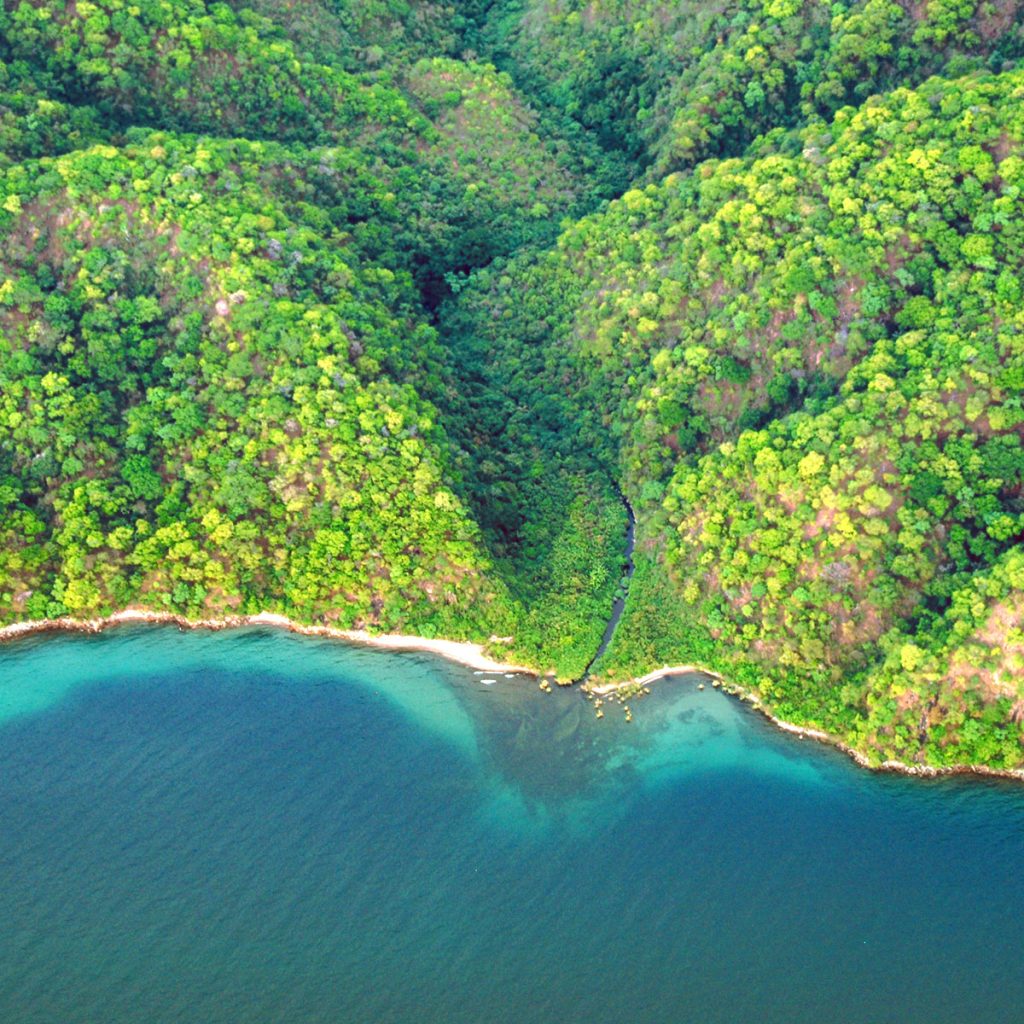Mahale National Park
Mahale national park

Mahale Mountains National Park is a pristine and remote park located in western Tanzania, on the eastern shores of Lake Tanganyika. Known for its dense forests, rugged mountains, and exceptional primate viewing opportunities, Mahale offers a unique and secluded safari experience. The park is renowned for its population of wild chimpanzees and provides an immersive experience in one of Tanzania’s most scenic and least-visited areas.

Overview of Mahale National Park:

Mahale Mountains National Park is a remarkable destination for those seeking an off-the-beaten-path safari experience in Tanzania. Its combination of rugged mountains, lush forests, and the scenic shores of Lake Tanganyika creates a unique and captivating environment. The park’s emphasis on chimpanzee observation, combined with its diverse wildlife and natural beauty, makes it an exceptional choice for nature enthusiasts and adventurers looking to explore one of Tanzania’s most pristine and remote wilderness areas.
Mountains and Forests:
- Mountains: The park is named after the Mahale Mountains, which rise steeply from the shores of Lake Tanganyika. The rugged terrain includes peaks that reach up to 2,462 meters (8,077 feet) above sea level.
- Forests: Dense montane and lowland forests cover the park, creating a lush and biodiverse environment. The forests are a key habitat for the park’s wildlife, particularly the chimpanzees.
Lake Tanganyika:
- Location: The park’s western boundary is defined by the shores of Lake Tanganyika, the second deepest lake in the world.
- Features: The lake offers stunning views, opportunities for swimming, and a habitat for various fish species.
Wetlands and Rivers:
- Rivers: Several small rivers and streams flow through the park, contributing to its diverse ecosystems and supporting a range of plant and animal life.
How long to stay?
At least 2 days, but some guests would say even a week is not enough.
Facts about Mahale National Park
- Established: 1985
- Size: Approximately 1,613 square kilometers (623 square miles)
- Location: Western Tanzania, on the eastern shores of Lake Tanganyika
- Elevation: Ranges from 800 meters (2,625 feet) to 2,462 meters (8,077 feet) above sea level
- Climate: Tropical climate with a rainy season from November to April and a dry season from May to October
- Accessibility: Accessible by light aircraft from major cities like Dar es Salaam, or by boat from Kigoma. The journey can be challenging due to the park’s remote location.
Most common animals
Mammals:
- Chimpanzees
- Red-tailed Monkeys
- Vervet Monkeys
- Blue Monkeys
- Bushbucks
- Duikers
- Sitatungas
- Elephants
- Hippopotamuses
Birds:
- African Fish Eagle
- Pale-breasted Illadopsis
- Great Blue Turaco
- White-cheeked Turaco
- African Green Pigeon
- Black-and-white-casqued Hornbill
- Yellow-billed Kingfisher
- Crested Malimbe
Reptiles:
- Nile Crocodile
- African Rock Python
- Various Lizards and Geckos
Amphibians:
- Tree Frogs
- Toads
Insects:
- Butterflies
- Dragonflies
- Beetles and Other Insects
